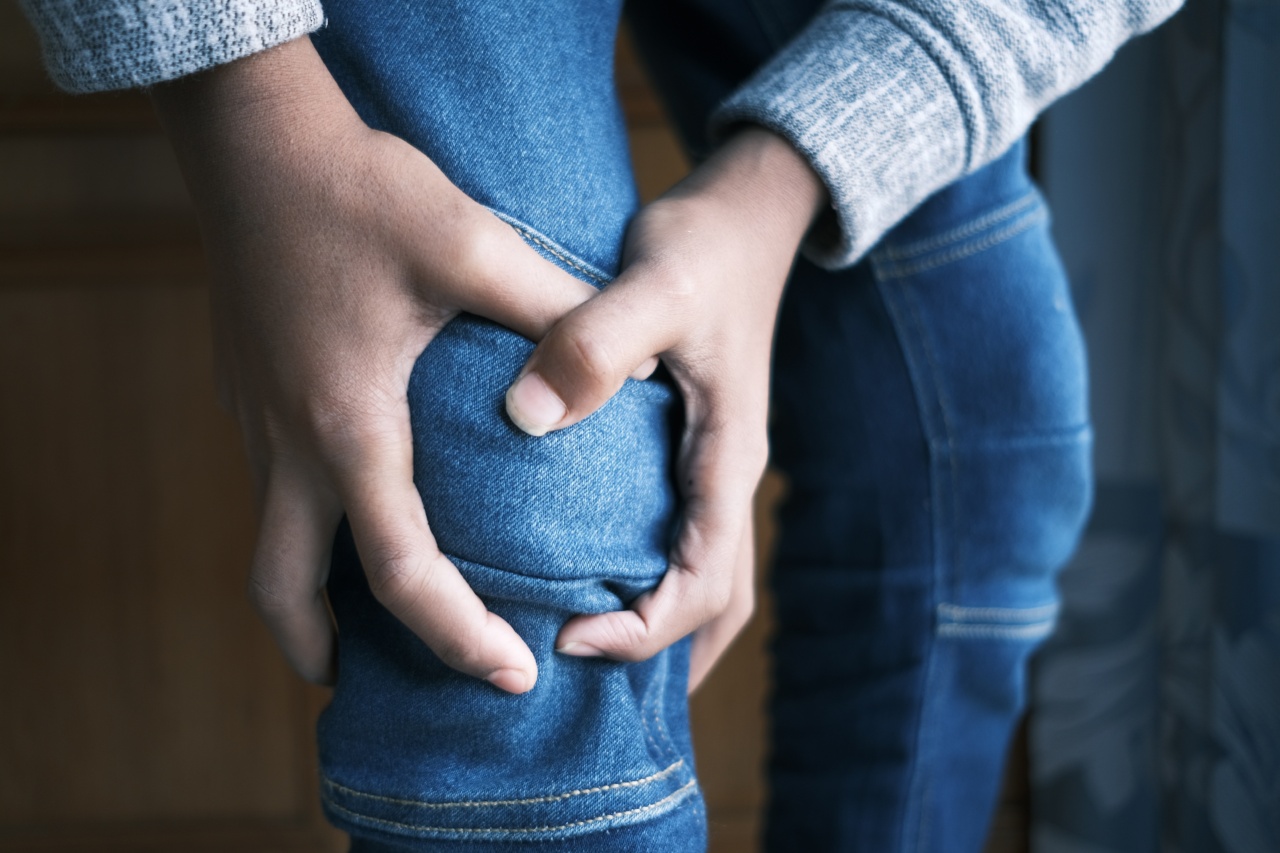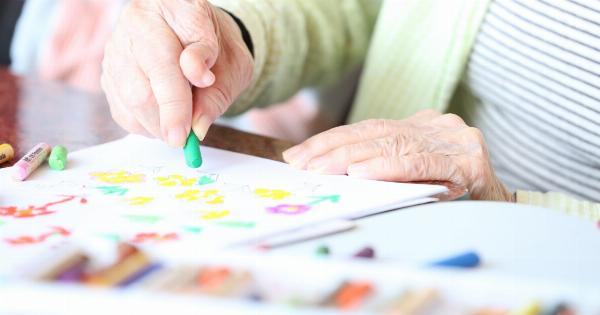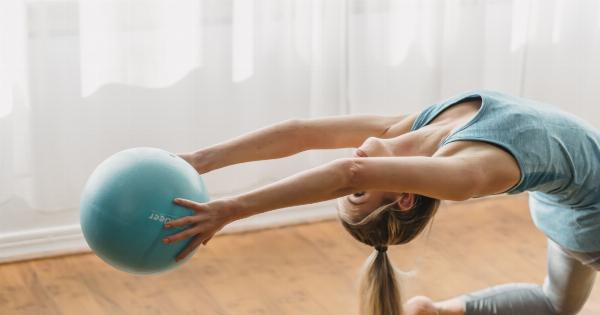Knee osteoarthritis (OA) is a common joint condition that affects millions of people worldwide. It is a degenerative disease that causes the cartilage in the knee joint to wear away, leading to pain, stiffness, and limited mobility in the affected knee.
While there is no cure for knee OA, there are several effective ways to manage the symptoms and ease the pain. In this article, we will explore some of the most effective ways to ease knee osteoarthritis pain.
1. Exercise Regularly
One of the most effective ways to manage knee OA pain is to exercise regularly. Exercise helps to strengthen the muscles around the knee joint, which can help to support and stabilize the joint, reducing pain and stiffness.
Low-impact exercises such as swimming, walking, and cycling are ideal for people with knee OA, as they help to strengthen the muscles without putting too much strain on the joint.
2. Maintain a Healthy Weight
Maintaining a healthy weight is important for people with knee OA, as excess weight puts more pressure on the knee joint, leading to more pain and inflammation.
Losing even a small amount of weight can help to reduce the symptoms of knee OA and improve mobility. A healthy diet and regular exercise can help to achieve and maintain a healthy weight.
3. Use Hot and Cold Therapy
Applying heat or cold to the affected knee can help to ease pain and reduce swelling. Hot therapy involves applying a warm compress or taking a warm bath, while cold therapy involves using ice packs or taking a cold shower.
Alternating between hot and cold therapy can also help to improve blood flow and reduce inflammation in the knee joint.
4. Take Pain Medication
Over-the-counter pain medications such as ibuprofen and acetaminophen can help to relieve pain and reduce inflammation in the knee joint.
However, it is important to consult a doctor before taking any medication, as some may have side effects or interact with other medications.
5. Consider Knee Braces
Knee braces can help to provide support and reduce pressure on the knee joint, which can help to ease pain and improve mobility. There are several types of knee braces available, including compression sleeves, hinged braces, and unloader braces.
Consult a doctor or a physical therapist to determine which type of knee brace is the best for your condition.
6. Try Physical Therapy
Physical therapy can help to improve flexibility, strength, and mobility in the knee joint, which can help to reduce pain and improve function.
A physical therapist can develop a customized exercise program that is tailored to your specific needs and condition.
7. Get Enough Sleep
Getting enough sleep is important for overall health and wellbeing, but it is especially important for people with knee OA, as lack of sleep can exacerbate pain and inflammation in the knee joint.
Aim to get at least 7-8 hours of sleep per night, and try to establish a regular sleep routine.
8. Use Assistive Devices
Assistive devices such as canes, crutches, and walkers can help to reduce pressure on the knee joint and improve mobility. These devices can also help to reduce the risk of falls and injuries.
Consult a doctor or a physical therapist to determine which assistive device is best for your condition.
9. Practice Mind-Body Techniques
Mind-body techniques such as yoga, meditation, and deep breathing can help to reduce stress and anxiety, which can exacerbate pain and inflammation in the knee joint. These techniques can also help to improve overall wellbeing and quality of life.
10. Consider Surgery
If conservative methods fail to provide relief, surgery may be an option. There are several types of surgery available for knee OA, including arthroscopy, osteotomy, and joint replacement.
Consult a doctor to determine which type of surgery is the best for your condition.
























